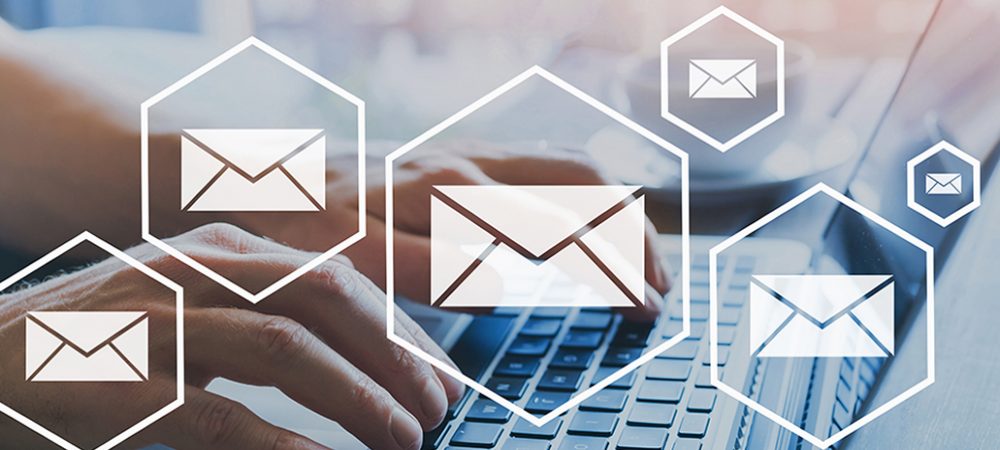With email still the number one preferred method for all types of brand communication, Will Conway, CEO, Pathwire, tells Intelligent CIO how a new study provides an insight into the best ways email can help brands stay in touch with customers throughout a period of unprecedented uncertainty.
More than 293 billion business and consumer emails are sent and received each day. That’s a lot of competition for customer attention. To cut through the noise, email senders need to have a comprehensive understanding of when, why and how users interact with their personal inboxes. It’s a good thing we just collected data on all of that, so let’s dig into the lessons, shall we?
The survey, The Path to Email Engagement in 2021, evaluated global consumers’ habits around checking their personal inbox and how they interact with the emails they receive from B2C brands. The research reveals consumers are yearning for more connection with the brands they love and confirms email is still the predominant form of communication.
When do people check their email?
Oh, the age-old debate: is there a perfect time to send an email? The data from our survey says there really is no right time to send a B2C email, as people tend to interact with their inbox throughout the day with no single sweet spot. However, the majority of people (84.3%) are on their email at least once a day and about a quarter of people are checking five times a day or more.
Most folks are checking in the morning (42.5%) and then several times throughout the early afternoon. It’s before bedtime that email marketers might want to avoid since less than 20% of respondents report they check their email at that time. This commonality spans across all demographics.
What might be surprising is the frequency at which people check their spam folders. Over 67% of users check it at least once a week and up to 37.3% interact with spam email once a day.
Why do certain emails get opened and others don’t?
Nineteen percent of Americans receive 50 or more emails a day, but hardly anyone is opening them all. If a recipient recognizes an email’s sender, they’re much more likely to open and read – 88.7% of respondents say a familiar sender is ‘somewhat important’ or ‘very important’ for them. Having time to read the email was the second most important factor.
Subject lines are a big deal too. The survey data points out that a subject line showing the content is personalized to the recipient’s interests matters more than discount codes or sales. This varies somewhat by age, though. Younger respondents say they are more motivated by promotions than their older counterparts. One thing that doesn’t seem to change, however, is the way people scan their inboxes. ‘From top to bottom’ was by far the preferred method (53.4%) of scanning inboxes.
What makes an email effective?
For email to be effective, it needs to be opened and read. We’ve covered why certain emails are opened over others, but what factors make people actually want to spend time clicking through the content? The data suggests that discount emails are less likely to be ignored. Up to 50.2% of respondents say they would click through to learn more about an offer or use the promo code, while only 21% of respondents would do the same thing with abandoned cart emails.
What do people expect from brand email communications?
Of course, brand recognition is also an important factor in email effectiveness, but there is a balance to strike on how often to communicate with audiences. Almost 80% of respondents want to hear from the brands they love at least once a week and 52% of them actually prefer receiving brand communications more than that. The main reason people want to hear from brands more often is to snag regular or one-off special offers. In addition, our study found that email is still the number one preferred method for all types of brand communication, even over SMS.
Over the past year, email has played a key role in helping brands stay in touch with customers throughout a period of unprecedented challenges and uncertainty. With an increase of emails in contacts’ inboxes, maintaining good email engagement levels requires careful monitoring and dedication.
It all starts with understanding what their customers’ habits are and then being able to effectively tailor email marketing campaigns to better reach them. We’re hopeful that the lessons from The Path to Email Engagement in 2021 study provides email marketers with information to better position their brand to stay in touch with its customers.


